Telephone and e-consultation are available when sought. Contact Us to arrange.
Telephone and e-consultation are available when sought. Contact Us to arrange.
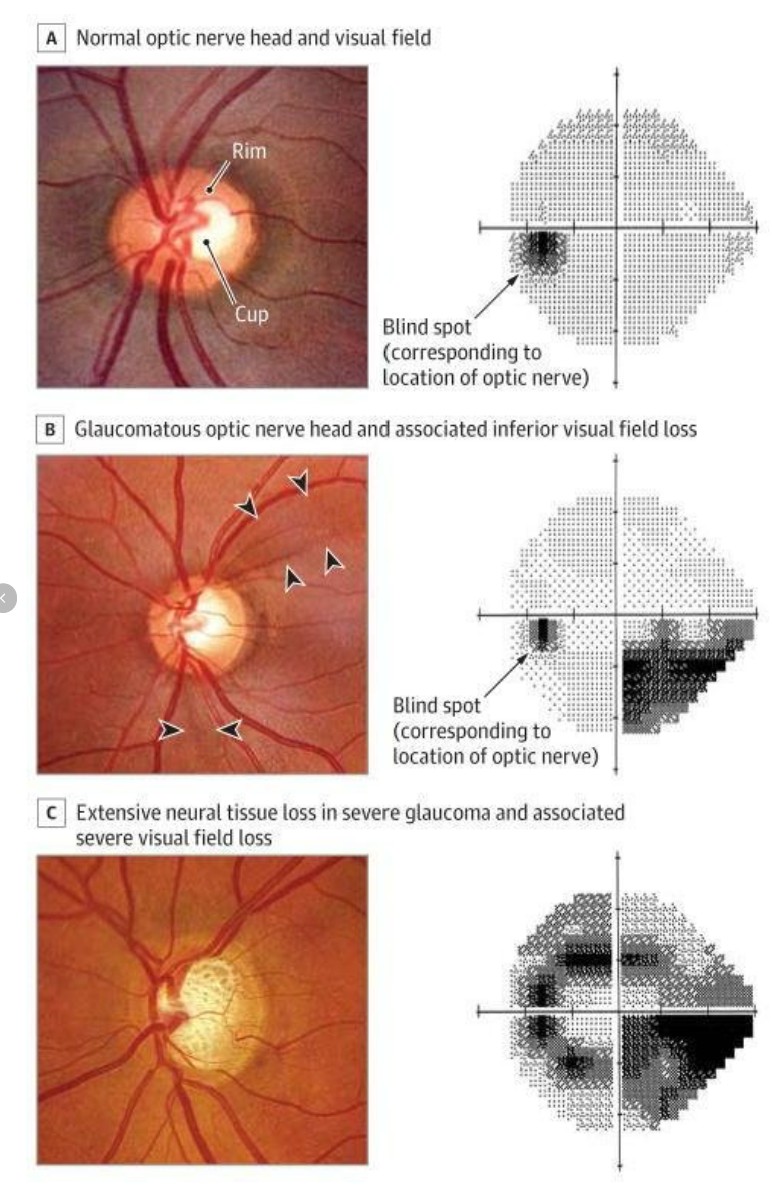
Glaucoma ranks among the top causes of blindness worldwide. In the UK, it affects about 2% of those aged 40 and above.
This condition encompasses a series of eye disorders where the optic nerve, situated at the back of the eye, sustains damage due to internal eye pressure. This nerve is crucial as it links the eye to the brain’s vision center.
Optic nerve damage typically occurs if the internal eye pressure rises sufficiently to impair its function, preventing it from fully transmitting visual signals. Initially, this may result in the loss of peripheral vision which, if left untreated, can develop into tunnel vision and ultimately, a complete loss of central vision. Once lost, vision cannot be restored.
Glaucoma often does not present any early warning signs, making regular eye examinations vital for detecting the disease early. With prompt detection and appropriate treatment, most individuals can maintain good vision throughout their lives.
Several risk factors are associated with the onset of glaucoma, including:
Given these risks, regular eye examinations after the age of 40 are crucial for early detection and management of glaucoma.
Primary Open Angle Glaucoma
This type is the most prevalent form of glaucoma. It develops slowly and is often painless. The term “open-angle” refers to the appearance of the eye’s drainage angle, which seems “Open” upon examination. Eye pressure measurements are raised above normal average (20mm Hg)
Normal Tension Glaucoma
This is a variant of Open Angle Glaucoma where the eye pressure is within the normal range (under 20). There can be many reasons why patients have glaucoma damage despite normal eye pressures e.g. weak circulation which your consultant will explore.
Ocular Hypertension
Conversely, some may exhibit elevated eye pressure without any glaucoma symptoms, referred to as Ocular Hypertension. Your consultant will monitor carefully as this could be pre glaucoma damage occurring.
Angle Closure Glaucoma
This type occurs in individuals with a narrow angle within the eye. In certain cases, the pressure may rapidly escalate, leading to Acute Glaucoma or Acute Angle Closure Glaucoma, which is both painful and severe. This condition requires immediate medical attention.
Treatment typically involves medications to reduce eye pressure, administered via eye drops, orally, or intravenously, followed by YAG laser peripheral iridotomy to prevent further episodes.
Secondary Glaucoma
This type of glaucoma results from other eye conditions that lead to increased eye pressure, such as chronic eye inflammation, previous eye surgeries, diabetic eye diseases, or retinal vein occlusion.
Congenital Glaucoma
Although rare, congenital glaucoma is serious and typically present at birth or develops soon thereafter. It is caused by an abnormality in the eye’s structure.
At Eye Correction Centre state of the art comprehensive glaucoma monitoring investigations are conducted including:
1. Gonioscopy
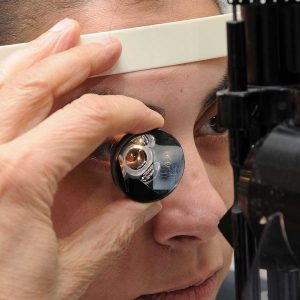
2. Corneal thickness measurement – pachymetry
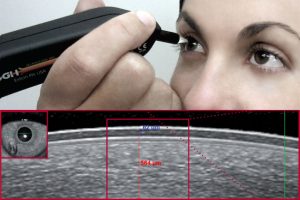
3. OCT scan mapping of the Angle, Optic nerve and Nerve fibre layers
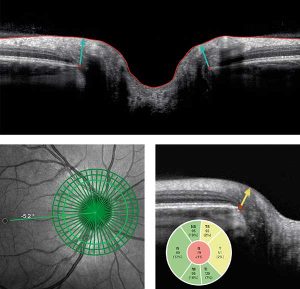
4. Visual fields
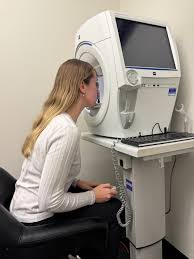

At Eye Correction Centre state of the art comprehensive glaucoma treatments are available including:
1. Drops therapy
2. LASER treatment. Various sub options are available in this category as below:
a. SLT laser treatment. This is now recommended as 1st line therapy for suitable patients with open angle glaucoma.
b. Argon laser trabeculoplasty
c. YAG laser iridotomy. This is for Narrow angle glaucoma.
3. MIGS (Minimally invasive glaucoma surgery implants)
4. Filtering surgery (Deep sclerectomy and Trabeculectomy)
Click here to see detailed price list for all consultations and procedures
We offer a comprehensive eye service delivered through specialist and generalist eye doctors.
Please click here to read on all our speciality procedures
Please note: Whilst these are the general suitability criteria, individual criteria has to be taken into account for specific patient needs and the appropriate procedure applicable.
We are not a cut-price service because quality does not come by making compromises. However we are competitive and transparent in our pricing structure. We make efforts to ensure that patients are made aware of all price points in advance of any consultations/investigations and procedures, to enable our patients to make an informed choice on how they would like to proceed. Read more on the details of our prices
We work with all insurers. Please refer to the above FAQ on “Pricing” for full details. Please note – even if your insurer is not on the list of companies provided, let us know and we can help to make arrangements. Read more on the insurers we work with – listed at the end of our Pricing section
As a general rule of thumb patients can expect a 95% chance of achieving functional vision to a high standard (corresponding to their best vision potential) from their initial surgery.
As with all forms of surgical treatments there are risks of unpredictable outcomes and complications. 1 to 5% of patients may have some difficulties but in the majority of cases these can be managed. The risk of severe and lasting problems is very low at 1:2500 or less per eye (so both eyes getting affected is very rare indeed).
You will of course be given a full explanation of the specific risks and benefits of the individual procedure applicable to you at the time of the consultation.
Eye doctors are at least five times more likely as the general public to choose vision correction surgery for themselves. The study, featured in the Journal of Cataract and Refractive Surgery, surveyed 250 surgeons who perform LASIK. Of those, 62.6 percent said they have already undergone LASIK to correct their vision, and 91 percent said they have done it or recommended it for their immediate family members.









Wilmslow
Macclesfield
Warrington
Abergele